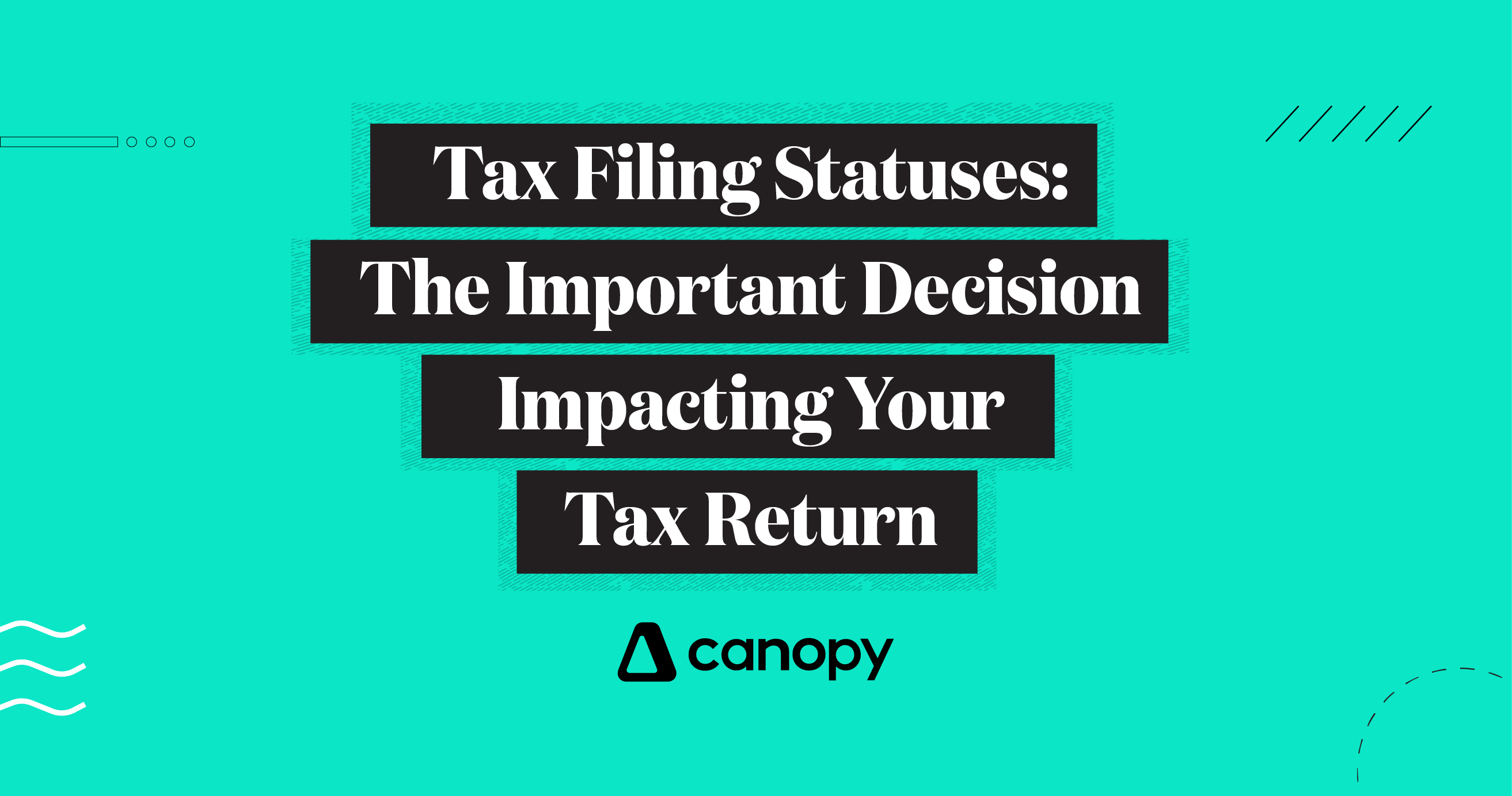Tax preparers who deal with estate taxes and trusts are no doubt familiar with IRS Form 8855, Election to Treat a Qualified Revocable Trust as Part of an Estate. Using this form can be advantageous for some clients, while the disadvantages may prompt you to take a different direction for other clients. An understanding of Form 8855 can help you advise your clients on what will best meet their needs. Plus, knowing and using elections like the 645 election can really set you apart as a tax professional.
What is IRS Form 8855?
Form 8855 is filed to make a section 645 election, which is an election to treat a qualified revocable trust (QRT) as an estate. A QRT is defined by the IRS as, “any trust (or part of a trust) that, on the day the decedent died, was treated as owned by the decedent under section 676 by reason of a power to revoke that was exercisable by the decedent (determined without regard to section 672(e)).”
The QRT and estate are combined in one tax return and filed as an estate.
Essentially, Form 8855 is what makes it possible to combine a trust and an estate into one taxable entity. Without the election made, there would be two separate entities that would result in an irrevocable trust after the settler passes away as well as the decedent’s estate. Without that, someone would need to verify filing requirements for each entity and likely result in two tax returns, plus a final tax return for the decedent. With Form 8855, the process is streamlined.
Remember that section 645 election is an irrevocable election that is used by the trustees of each QRT and the executor of the related estate. This election also allows for filing several QRTs as an estate. However, the trust and estate will be treated as separate shares for calculating the distributable net income. Once the election is made, it will be valid for two years following the decedent’s date of death.
Why file Form 8855?
Form 8855 instructions are complex, but when it is filed it can provide some real benefits to the client. The biggest advantage is that an estate has the ability to elect either a fiscal year end or a calendar year end, while trusts default to a calendar year end. The QRT is treated on a fiscal year instead of a calendar year. This means that the tax payment is effectively deferred to a later date. By electing a fiscal year, taxable income may be matched up to distributions made so that beneficiaries pay tax at their usual lower rate.
Another advantage is having a full year to match liquidating trust assets and match them with beneficiary distributions. Without the election, some trustees liquidate retirement plans quickly during the short year and don’t make distributions until sometime later. This causes unnecessary tax at the high trust rates.
Additionally, the estate has a $600 exemption compared to the $300 exemption for a trust. Other features include the material participation requirement for the passive loss rules is waived, and the charitable set-aside deduction under section 642(c) is allowed. Finally, the period a trust can hold S corp stock is extended.
One thing to be aware of, though, is that combining trust and estate income can result in higher income without the benefit of higher tax brackets. This is something to be watched for!
Important tips for Form 8855
There are a few things that tax accountants should keep in mind when they help clients with Form 8855. Most importantly, remember that even if there is more than one executor or trustee, only one executor or trustee must sign Form 8855. If an executor is appointed after Form 8855 is filed by a trustee, an amended election must be made in a timely manner. Also, a trustee must obtain a new employer identification number for the QRT upon the decedent’s death.
Tax preparers must file Form 8855 in the appropriate place to ensure it will be processed correctly. These states file at Department of the Treasury, Internal Revenue Service Center, Kansas City, MO 64999:
-
-
- Connecticut
- District of Delaware
- Georgia
- Illinois
- Indiana
- Kentucky
- Maine
- Maryland
- Massachusetts
- Michigan
- New Hampshire
- New Jersey
- New York
- North Carolina
- Ohio
- Pennsylvania
- Rhode Island
- South Carolina
- Tennessee
- Vermont
- West Virginia
- Wisconsin
-
These states file at the Department of the Treasury, Internal Revenue Service Center, Ogden, UT, 84201:
-
-
- Alabama
- Alaska
- Arizona
- Arkansas
- California
- Colorado
- Florida
- Hawaii
- Idaho
- Iowa
- Kansas
- Louisiana
- Minnesota
- Mississippi
- Missouri
- Montana
- Nebraska
- Nevada
- New Mexico
- North Dakota
- Oklahoma
- Oregon
- South Dakota,
- Texas
- Utah
- Washington
- Wyoming
- A foreign country or US possession
-
It’s important that tax professionals don’t miss the filing deadlines on behalf of their clients.
Deadlines for filing Form 8855
Finally, Form 8855, Election to Treat a Qualified Revocable Trust as Part of an Estate, should be filed by the due date as reflected in IRS Form 1041 for the first tax year of the related estate. In some cases, the estate is allowed an extension on the deadline that they can file Form 1041, which would mean that the new due date for Form 8855 would be that extended due date.
Want quick information for more IRS forms?
Check out The Ultimate Guide to IRS Forms.








Get Our Latest Updates and News by Subscribing.
Join our email list for offers, and industry leading articles and content.